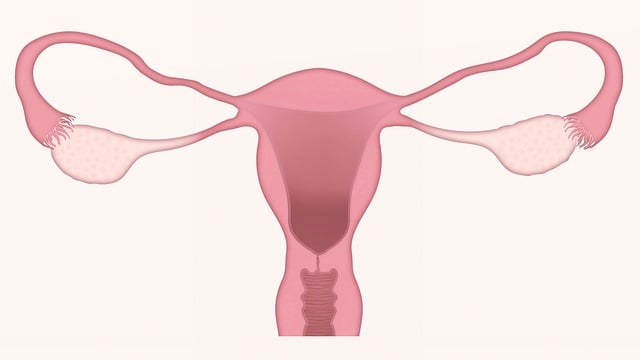Bacterial vaginosis (BV) is a common vaginal infection that occurs when there is an imbalance in the naturally occurring bacteria in the vagina. BV is characterized by the overgrowth of harmful bacteria, leading to various uncomfortable symptoms. In this article, we will explore the causes, symptoms, diagnosis, and treatment options for bacterial vaginosis.
Causes of Bacterial Vaginosis
The exact cause of BV is not fully understood, but it is believed to result from a combination of factors, including:
- Imbalance in Vaginal Flora: The vagina contains a delicate balance of bacteria, including both beneficial (Lactobacillus) and harmful (anaerobic) bacteria. When this balance is disrupted, it can lead to BV.
- Sexual Activity: While BV is not considered a sexually transmitted infection (STI), it can be more common in individuals who are sexually active, especially those with multiple partners.
- Douching: Frequent douching or the use of scented feminine hygiene products can disrupt the natural balance of vaginal bacteria and increase the risk of BV.
- Hormonal Changes: Changes in hormonal levels, such as those that occur during pregnancy or with the use of hormonal contraceptives, can make the vagina more susceptible to BV.
- Smoking: Smoking has been linked to an increased risk of BV.
Symptoms of Bacterial Vaginosis
Bacterial vaginosis can cause a range of symptoms, although some individuals may remain asymptomatic. Common signs and symptoms of BV include:
- Vaginal Discharge: A thin, white or gray vaginal discharge that may have a fishy odor, especially after sexual intercourse.
- Vaginal Odor: An unpleasant odor, often described as "fishy," is a hallmark symptom of BV.
- Vaginal Itching and Irritation: Some individuals may experience itching or irritation in the vaginal area.
- Burning Sensation: A burning or painful sensation during urination may occur in some cases.
Diagnosis of Bacterial Vaginosis
The diagnosis of BV typically involves a medical evaluation and may include the following steps:
- Medical History: A discussion of symptoms, sexual history, and recent changes in lifestyle or medication.
- Pelvic Examination: A healthcare provider may perform a pelvic exam to assess the vaginal and cervical areas for signs of infection, such as discharge and odor.
- Vaginal Swab: A sample of vaginal discharge may be collected using a swab and examined under a microscope to assess the vaginal pH and the presence of characteristic bacterial changes.
- pH Testing: A pH test may be conducted to determine if the vaginal pH is elevated, which is often a sign of BV.
Treatment of Bacterial Vaginosis
Bacterial vaginosis is typically treated with prescription medications, most commonly antibiotics. Common treatment options include:
- Oral Antibiotics: These medications are usually taken for a specific duration as prescribed by a healthcare provider.
- Vaginal Antibiotics: In some cases, vaginal creams or suppositories containing antibiotics may be recommended.
- Preventive Measures: To reduce the risk of recurrent BV, practice good genital hygiene, avoid douching, and use protection during sexual activity.
Conclusion
Bacterial vaginosis is a common vaginal infection that can cause discomfort and inconvenience. If you suspect you have BV or experience persistent symptoms, seek medical evaluation and treatment. With appropriate care, most cases of BV can be effectively treated, providing relief and restoring vaginal health. It is essential to follow the prescribed treatment regimen and attend follow-up appointments as recommended by a healthcare provider to ensure complete recovery.
